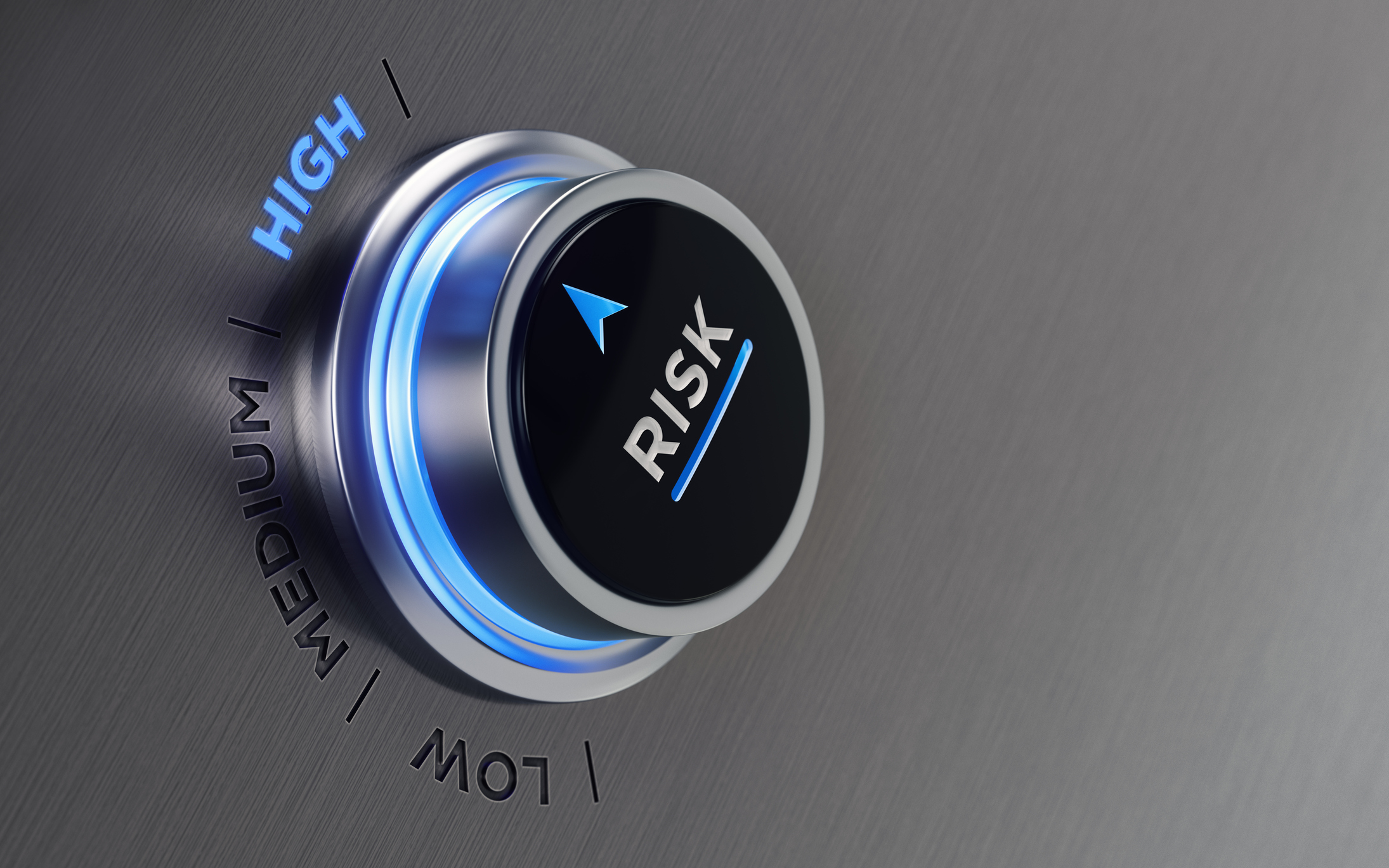Trying to control the risks taken in the course of business has been around forever. Who knows what the first insurance policy taken out was! However, Enterprise Risk Management (ERM) is a specifically codified set of practices instituted in the United States since the 1990s by which entities set out to manage and control all of the potential risks to their business.
The most common cross-sector definition of ERM is ''a process, effected by an entity's board of directors, management and other personnel, applied in strategy-setting and across the enterprise, designed to identify potential events that may affect the entity, and manage risk to be within its risk appetite, to provide reasonable assurance regarding the achievement of entity objectives.''
This post is to introduce the basics of an effective means of risk management. Assessing, managing and minimizing risk is, of course, a huge topic that we can introduce with only the briefest of summaries. For simplicity's sake, we'll break ERM into three of its major components: operations risk, financial risk and strategic risk.
-
Operations Risk Management
-
Financial Risk Management
-
Strategic Risk Management
Conclusion
By this point, you can see that risk management strategies are important enough that they have to be implemented and monitored at the highest levels of your entity. These practices are not only legally required, but effectively stand between your entity and business failure. Diligent's software is intended to assist your business development from the highest strategic planning on your board on down to the middle-level management and employees charged with implementing best practices for operations risk. We have a number of reliable and elegant solutions that will allow you to assess and manage all of the different kinds of business risk. We hope to be your first entry point into a safe and effective strategy to incorporate management of risk across your whole entity. Please call us to discuss our solutions.
Media Highlights
Environmental, social and governance (ESG) issues have become more complex and multifaceted than ever before. At the same time, ESG continues to ascend on board and leadership agendas.
In this buyer’s guide, we explore what a market-leading ESG solution should look like and highlight the key areas organisations should be prioritising as they embark on their search.




